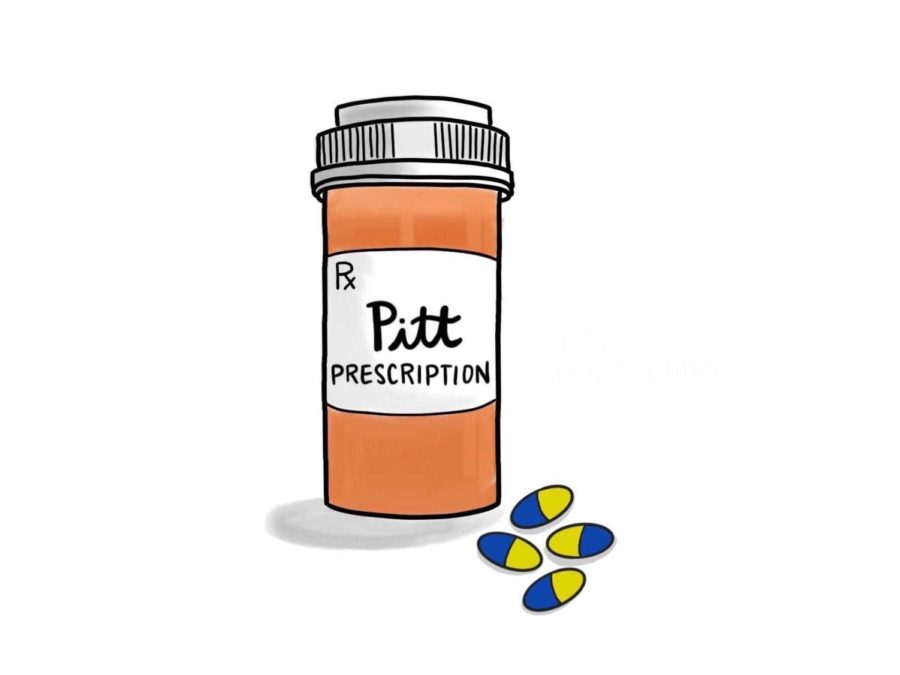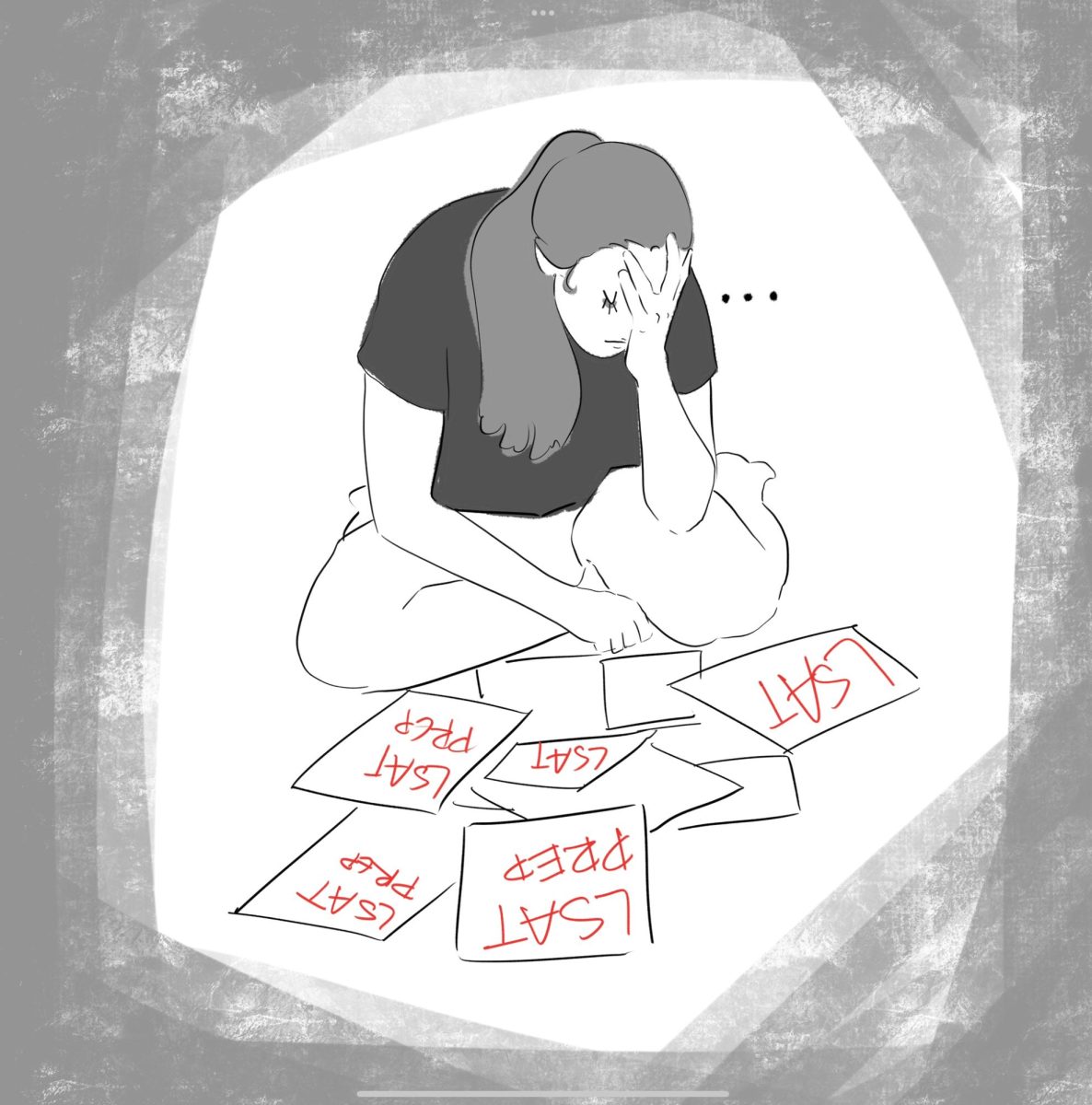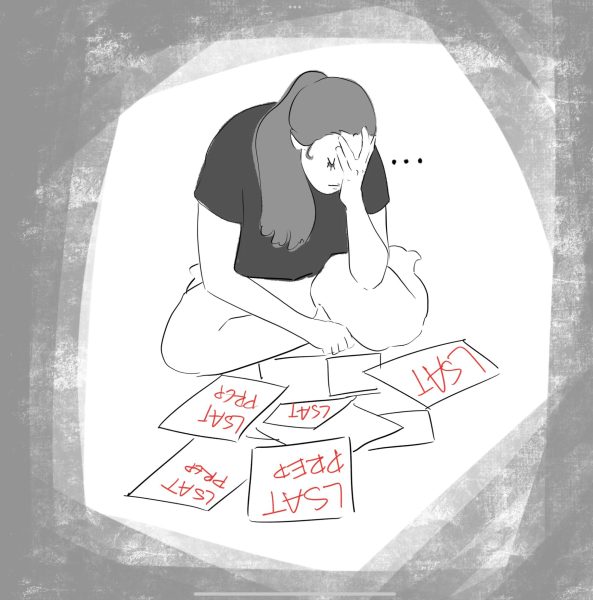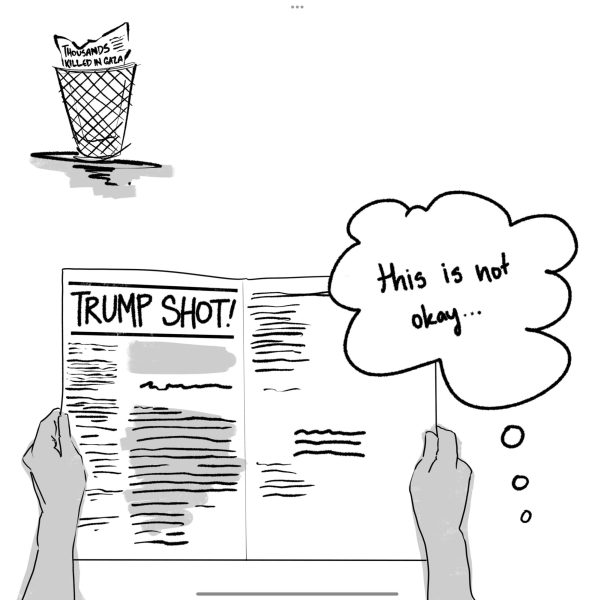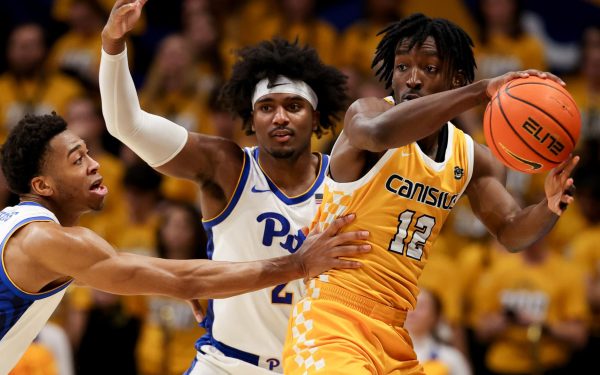The Pitt Prescription | Exploring vaccine hesitancy and COVID-19 booster shots
The Pitt Prescription is a biweekly blog where student pharmacist and senior staff writer Elizabeth Donnelly provides tips on how to stay healthy in college. This edition was reviewed by Karen Pater, PharmD., CDCES, BCACP.
Shruti Talekar | Contributing Editor
The Pitt Prescription
September 3, 2021
Vaccine hesitancy is one of the biggest factors impacting public health and vaccine rollout in the United States. There is a lot of misinformation about vaccines online and on social media that may cause people to avoid getting them, especially the COVID-19 vaccines.
Multiple trends on sites like TikTok have shown people pretending magnets stick to them after getting vaccinated, and while some people recognize this is not real, others may not. These kinds of careless trends, even if done as a joke, contribute significantly to vaccine hesitancy.
Health literacy and education are an obstacle in the United States, with over one-third of US adults being recognized as having low health literacy. Health literacy is defined as how well an individual can obtain and understand basic health information in order for them to make appropriate and safe health decisions. Considering the number of adults that lack this knowledge, public health initiatives like mass vaccination efforts are much more difficult to successfully carry out.
As mentioned earlier, social media and the internet are huge factors when looking at health literacy. There is a wealth of knowledge on the internet, but individuals need to use reputable and unbiased sources to get to this factual information. Unfortunately, there are numerous platforms that disseminate not only false, but downright dangerous information about medicine, the pandemic and health in general. Vaccine hesitancy has grown significantly throughout the pandemic because of the misinformation spread online.
The CDC has a tool that estimates the percentage of people who are hesitant to receive the COVID-19 vaccine, and there are several parts of the country with a hesitancy rate of more than 20%. Many of these locations are in rural communities where there are not as many resources for people to improve their health literacy. In these communities, strong political and religious ideologies are also common and, unfortunately, may also impact the citizens’ health literacy and cause them to be hesitant about receiving a COVID-19 vaccine.
As of Aug. 27, the United States has reported a total of 367,316,149 vaccine doses administered with 172,731,027 people considered fully vaccinated. At 52%, this is just more than half of the population, which indicates that there is some serious work to do with regards to getting unvaccinated individuals their doses and helping educate those who are vaccine hesitant.
It is important to realize that public health and keeping yourself and others safe is not a political statement. In the United States, the entire pandemic has become politicized and it is ultimately harming people in multiple ways. The CDC and the WHO both are non-politically affiliated institutions that aim to promote public health and safety. They have experts with knowledge based on scientific fact, and it is imperative that the general population heeds their advice. New information is coming to light every single day about the virus and its variants, and this may be confusing for some because it means that guidelines may be changed to adapt to the new information.
A prime example of this is the new guidance for a third shot of one of the mRNA vaccines available in the United States, Moderna and Pfizer. Many people do not realize that these COVID-19 vaccines, although newly developed, are similar to many previous vaccines in that they require booster shots and efficacy wanes over time. Several vaccines, especially those received in childhood, require multiple and/or booster doses. For example, the hepatitis B vaccine is given as a three-dose series and the pneumococcal vaccine is a four-dose series. As more information and data comes out, health officials need to make adjustments to ensure they are caring for the public as best as possible, which is why they may backtrack or change previous guidelines.
The new guidance for booster doses of the Moderna and Pfizer vaccines was announced on Aug. 18 by experts in public health and medicine in collaboration with the CDC. This statement discussed that vaccines become slightly less effective at preventing disease over time, so a booster could be helpful to enhance individuals’ immune responses and further protect them from getting sick.
The recommended timeline is to add this booster dose eight months after receiving the second dose of a mRNA COVID-19 vaccine, or eight months after the third dose for immunocompromised individuals. There are currently no new updates for individuals who received the J&J vaccine, since it was released much later than the mRNA vaccines from Moderna and Pfizer. Additionally, the Pfizer vaccine was recently fully approved by the FDA, which should hopefully further assure individuals that it is safe to receive.
Ultimately, it is extremely important to note that while there have been reported reductions in vaccine efficacy against asymptomatic and mild cases of COVID-19, the main population leading the current surge is unvaccinated individuals. Vaccine hesitancy combined with low health literacy are two huge factors contributing to the large amount of unvaccinated individuals remaining in the United States.
The pandemic is still ongoing, and with the new variants emerging, the best way for you to protect yourself and your loved ones is to get vaccinated and continue safe practices like distancing and wearing a mask.
Elizabeth writes primarily about self-care and pharmacological topics. For questions, comments or concerns, you can reach her at [email protected].


